7 tips to prospect clients in the B2B sector
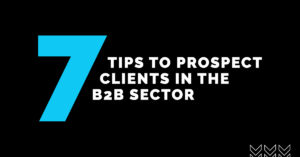 Customer prospecting is of the utmost importance for any business. In the case of companies in the Business to Business (B2B) sector, the rationale is that their target audiences are more rational, specialized, and informed compared to those in the Business to Consumer (B2C) market, which requires a methodical, analytical, and a very orderly segmentation process. This comment is especially relevant after understanding that, according to HubSpot Research, more than 40% of company salespeople think that prospecting is the most difficult part of the sales process, followed by closing (36%) and qualification ( 22%).
Customer prospecting is of the utmost importance for any business. In the case of companies in the Business to Business (B2B) sector, the rationale is that their target audiences are more rational, specialized, and informed compared to those in the Business to Consumer (B2C) market, which requires a methodical, analytical, and a very orderly segmentation process. This comment is especially relevant after understanding that, according to HubSpot Research, more than 40% of company salespeople think that prospecting is the most difficult part of the sales process, followed by closing (36%) and qualification ( 22%).
We at Isource Marketing aim to provide you with tips on how to prospect successfully. Therefore, we’ve compiled a list of seven things to consider when segmenting clients in the B2B sector.
- Define the buyer persona and segment your prospects.
A buyer persona is a generalized depiction of your ideal customer. It is obtained through the use of qualitative and quantitative data derived from market research, competitor knowledge, and existing customer profiles. In terms of prospecting, varying factors, such as geographic and demographic, must be considered.
According to HubSpot Research, over 40% of company salespeople think prospecting is the hardest part of the sales process, followed by closing (36%) and qualifying (22%)
- Make use of customer journey maps
Observing your potential customers’ real web behavior will help you discover who they are and what they want. The customer journey map is the ideal tool for accomplishing this. It is a process that individuals go through from the minute they show interest in your product or service until they become actual customers.
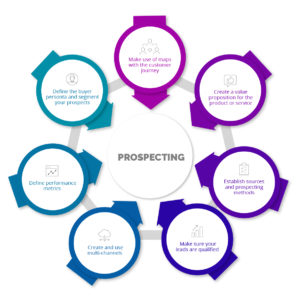
- Create a value proposition for the product or service
The information that the marketing and sales teams will communicate in their work is critical, which is why the value proposition must be included in your prospecting plan; it includes market research with the goal of identifying client demands for the success of your product and services.
- Establish prospecting sources and methods
When developing a prospecting strategy, you must have a technologically advanced and powerful data platform that can provide analysis and intelligence services capable of finding new clients amid large volumes of data. Prospecting via social networks, such as LinkedIn, is essential in the B2B industry, in addition to internal databases and phone calls.
- Verify that your leads are qualified.
In the B2B sector, qualified leads are companies that are interested in your product and, in the best case, will become customers. To do this, you must ask the appropriate questions in order to determine whether or not they are qualified for the sales process. Click here to learn more about how to generate leads in the B2B sector on our blog.
To reach your target audience more effectively, you must develop a multi-channel communication plan.
- Create and use multi-channels
To effectively target your audience segments, you must establish a multi-channel communication plan based on your buyer persona. There are certain B2B companies that are more effective than others. LinkedIn, as previously mentioned, is among the most significant, as are email marketing, advertisements, content marketing, and paid advertising through Google AdWords.
- Define performance metrics
High-quality B2B sales and marketing areas continually assess the effectiveness of their efforts. They can achieve better performance and productivity on their goals by tracking and taking action to improve important metrics.
Are you ready to begin your prospecting strategy?
We understand the importance of sales management in your company, and we also recognize that a proper prospecting strategy is one of the first steps toward success. At Isource Marketing, we are happy to help you effectively segment your target audiences. We have a highly qualified team and more than 15 years of experience as a strategic partner. Contact us! https://isource.agency/#contact



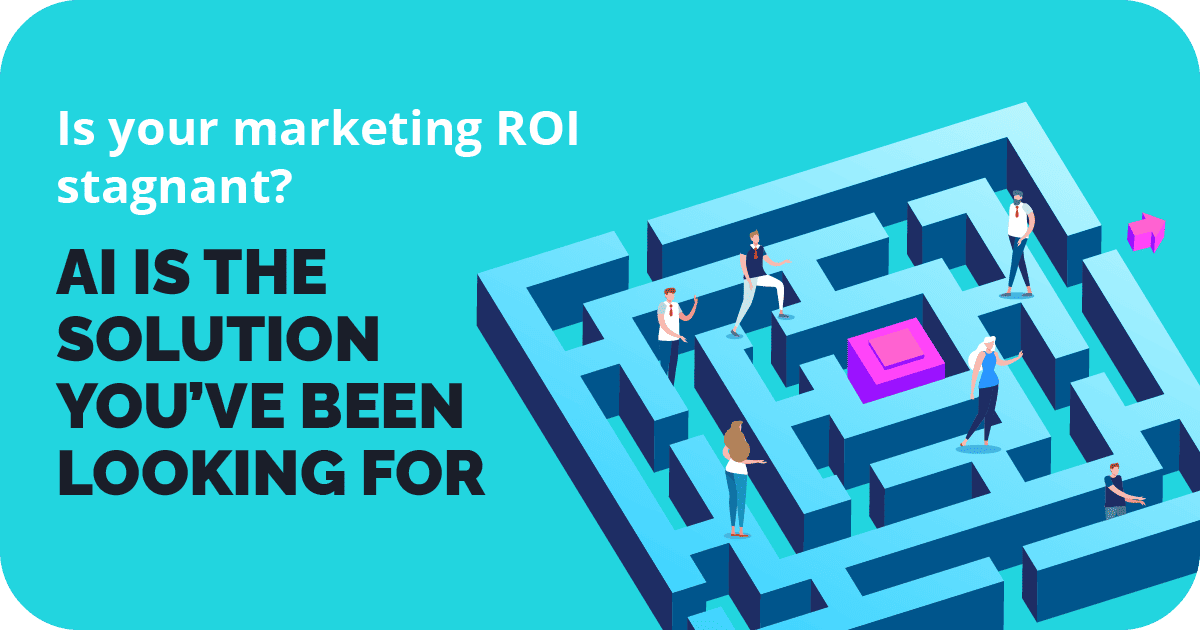
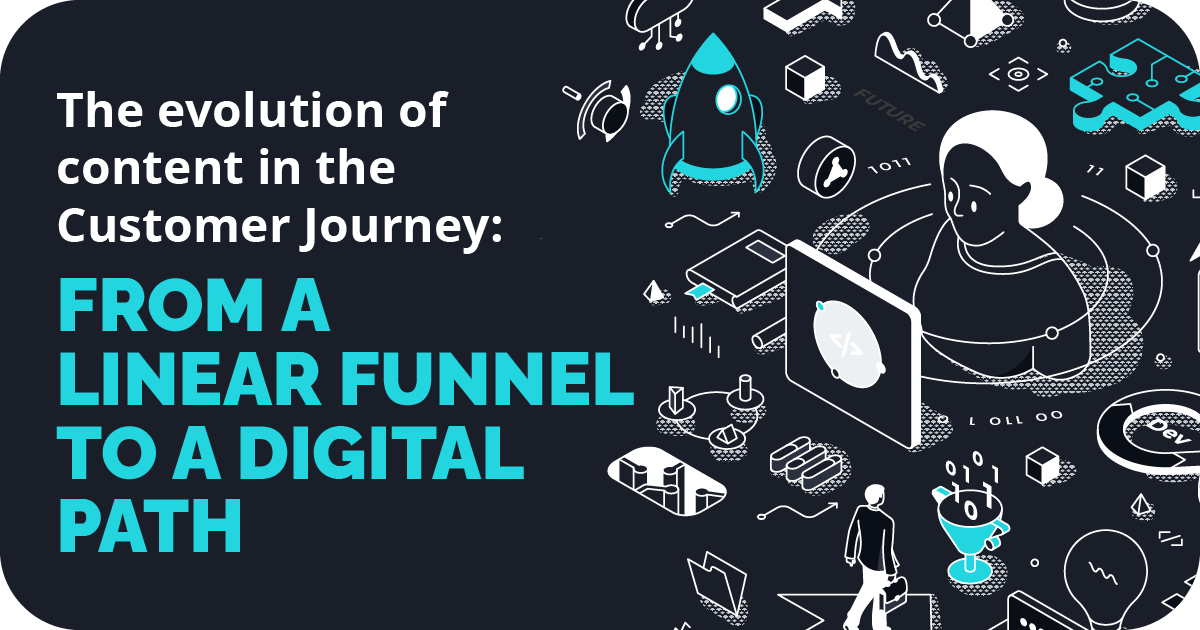
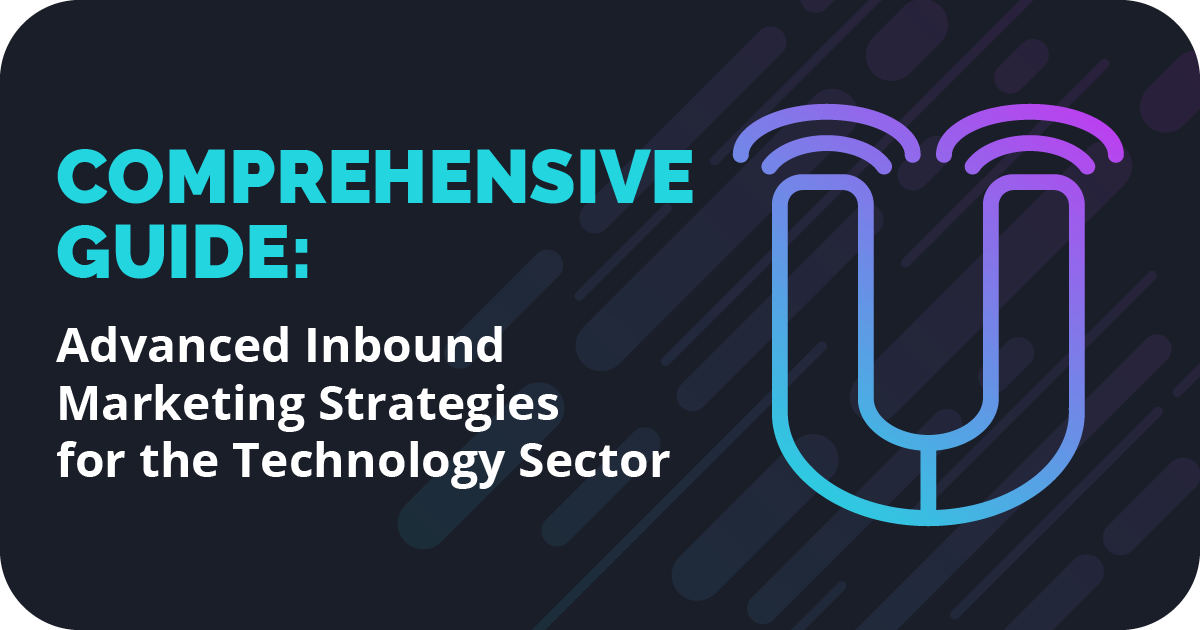
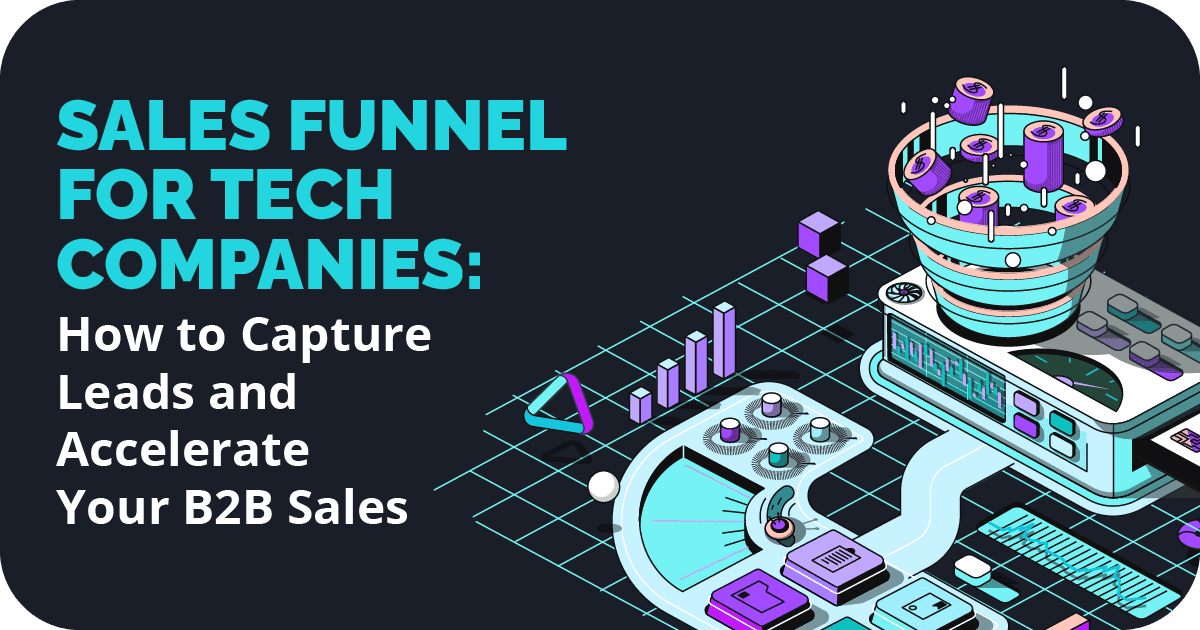

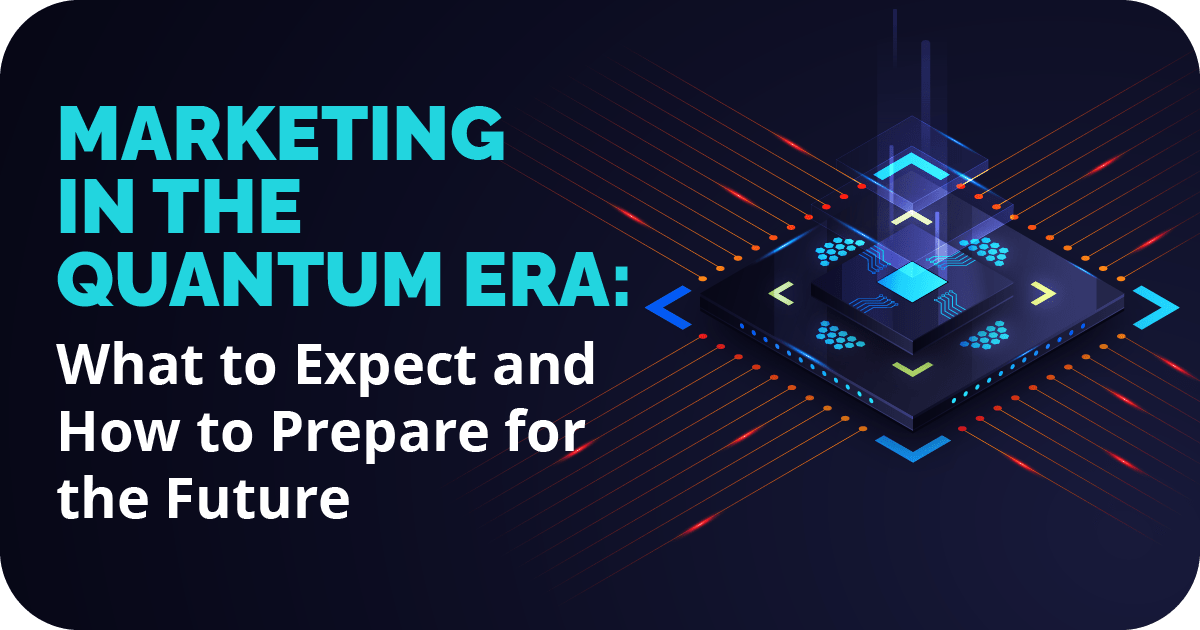
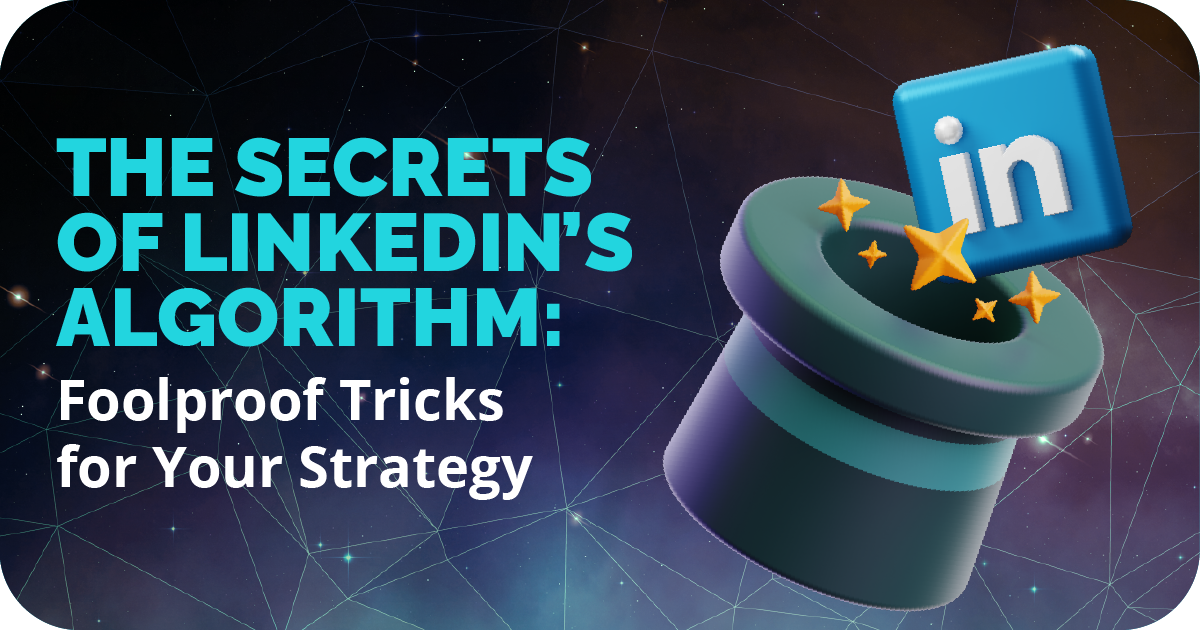
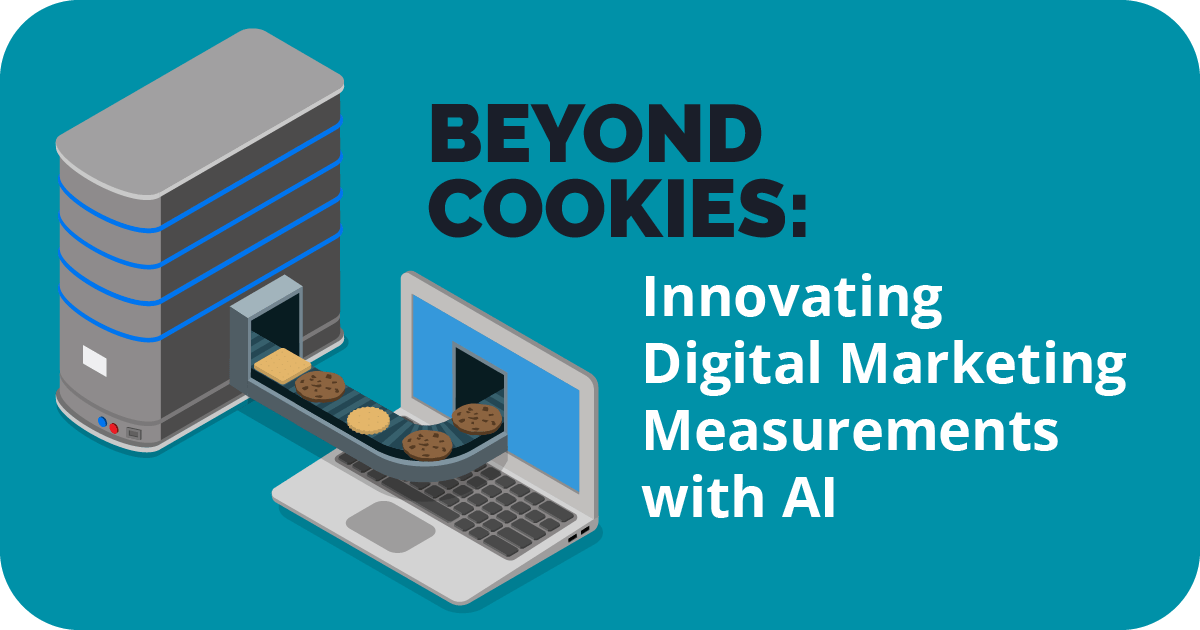

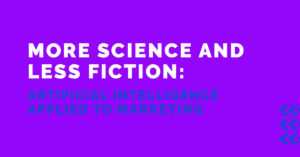 Artificial Intelligence (AI) is the simulation of human intelligence by machines. It’s likely the first thing that comes to mind when you think about science fiction films like Terminator. What you probably didn’t realize is that this enthusiasm is grounded in reality: we live in an increasingly connected and intelligent world. Today, you can build an airplane, invest in stocks, and even connect your CRM to your inbox to prioritize the most important emails. And the numbers speak for themselves: According to SEM Rush, the projected annual growth rate of AI between 2020 and 2027 is 33.2%.
Artificial Intelligence (AI) is the simulation of human intelligence by machines. It’s likely the first thing that comes to mind when you think about science fiction films like Terminator. What you probably didn’t realize is that this enthusiasm is grounded in reality: we live in an increasingly connected and intelligent world. Today, you can build an airplane, invest in stocks, and even connect your CRM to your inbox to prioritize the most important emails. And the numbers speak for themselves: According to SEM Rush, the projected annual growth rate of AI between 2020 and 2027 is 33.2%.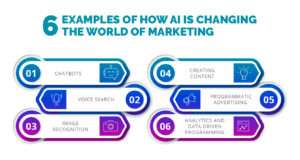
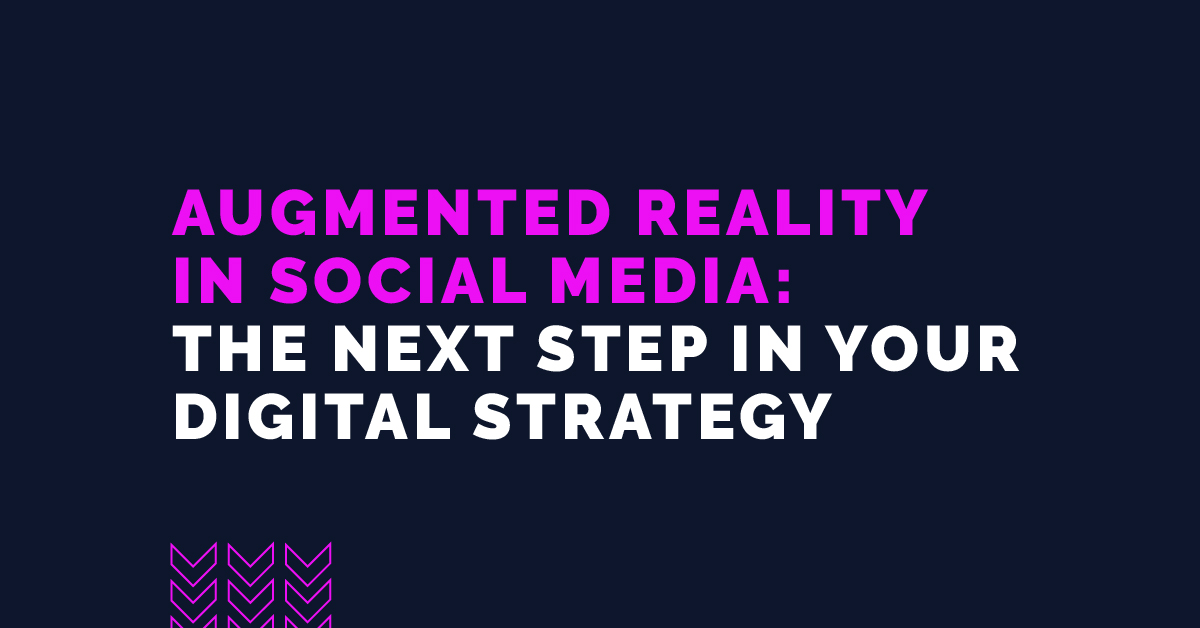
 What is augmented reality?
What is augmented reality? 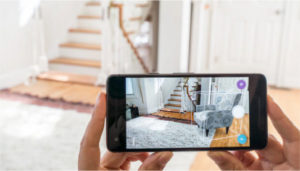
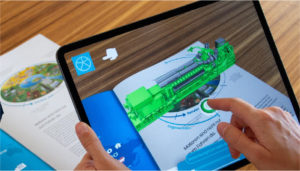
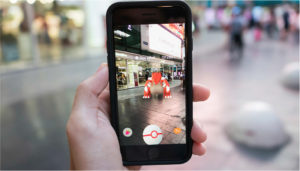
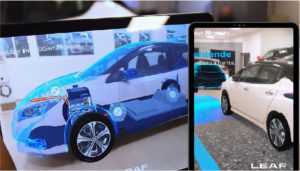
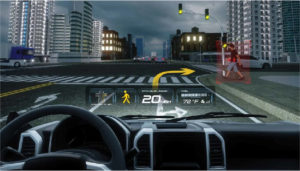
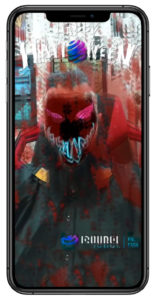


 Design thinking is an iterative process that utilizes a set of design techniques to generate, develop, and test new ideas in order to create products and services that are technologically possible and financially viable.
Design thinking is an iterative process that utilizes a set of design techniques to generate, develop, and test new ideas in order to create products and services that are technologically possible and financially viable.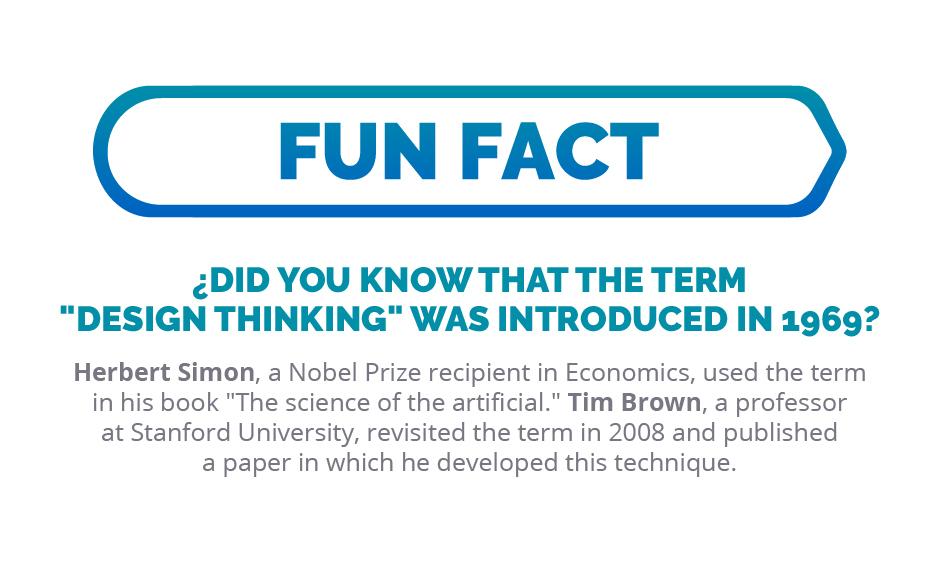
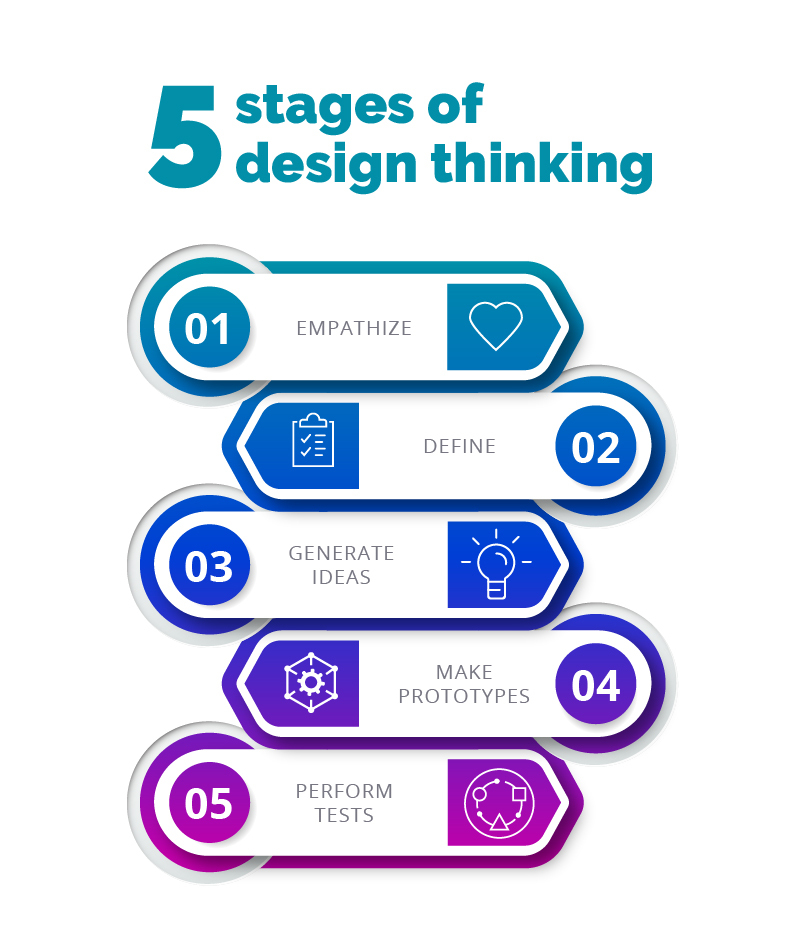

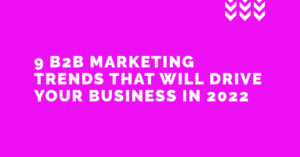 2020 and 2021 were challenging years for society and the global economy, but there is no denying the opportunities created by the digital revolution’s acceleration, particularly for enterprises in the Business to Business (B2B) sector and their sales and marketing areas. According to a
2020 and 2021 were challenging years for society and the global economy, but there is no denying the opportunities created by the digital revolution’s acceleration, particularly for enterprises in the Business to Business (B2B) sector and their sales and marketing areas. According to a 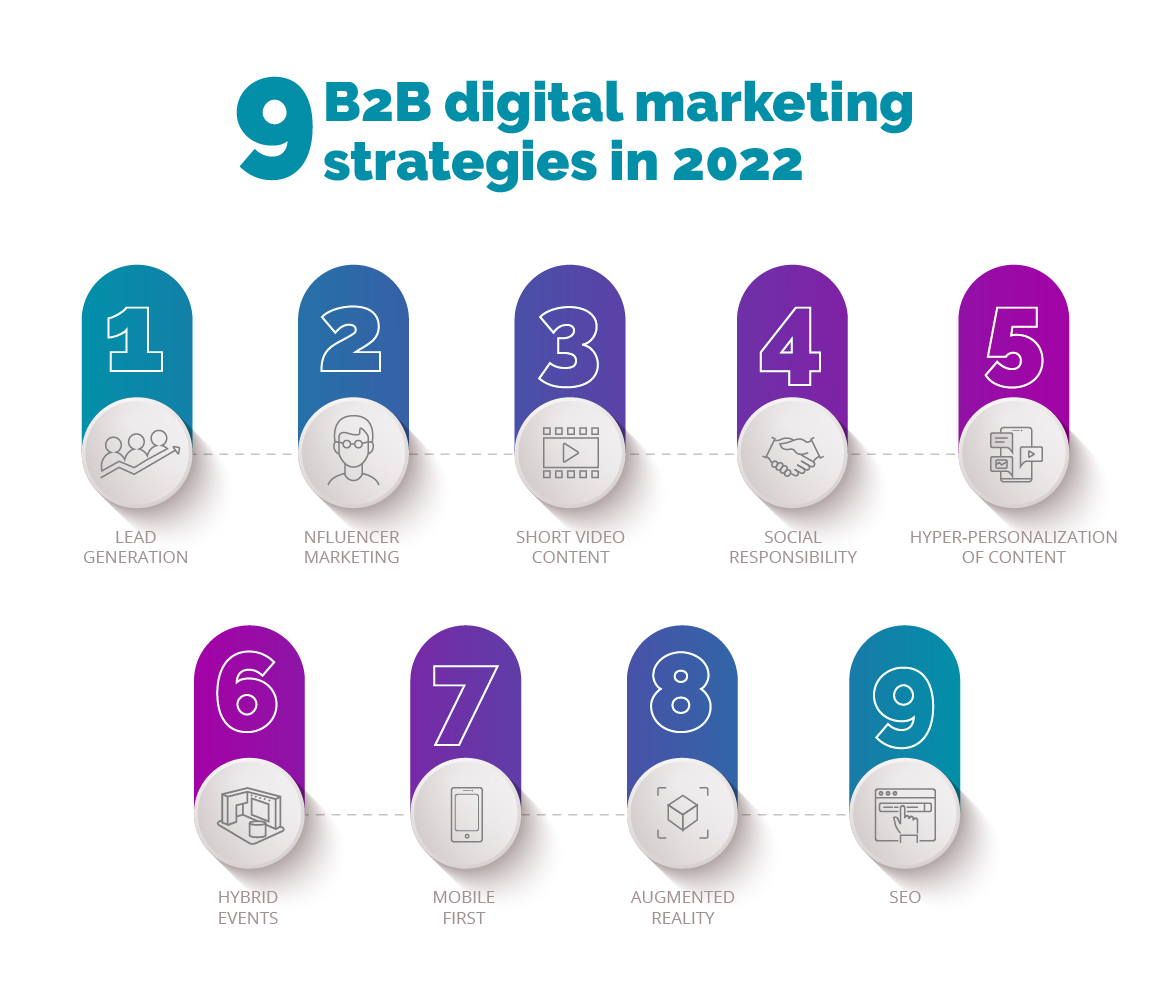 We hope you found our review of Digital Marketing Trends for 2022 beneficial; at the end of the day, it is part of our expertise in being the strategic B2B partner you need in this challenging year. At Isource Marketing we specialize in developing customized marketing strategies according to the needs of your business and adapted to the market. You can contact us by clicking
We hope you found our review of Digital Marketing Trends for 2022 beneficial; at the end of the day, it is part of our expertise in being the strategic B2B partner you need in this challenging year. At Isource Marketing we specialize in developing customized marketing strategies according to the needs of your business and adapted to the market. You can contact us by clicking 
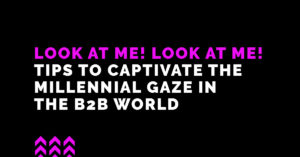 The millennial generation (born between 1981 and 1996) is the first to come of age in the new century and is expected to be a key economic force in the decades ahead. According to
The millennial generation (born between 1981 and 1996) is the first to come of age in the new century and is expected to be a key economic force in the decades ahead. According to 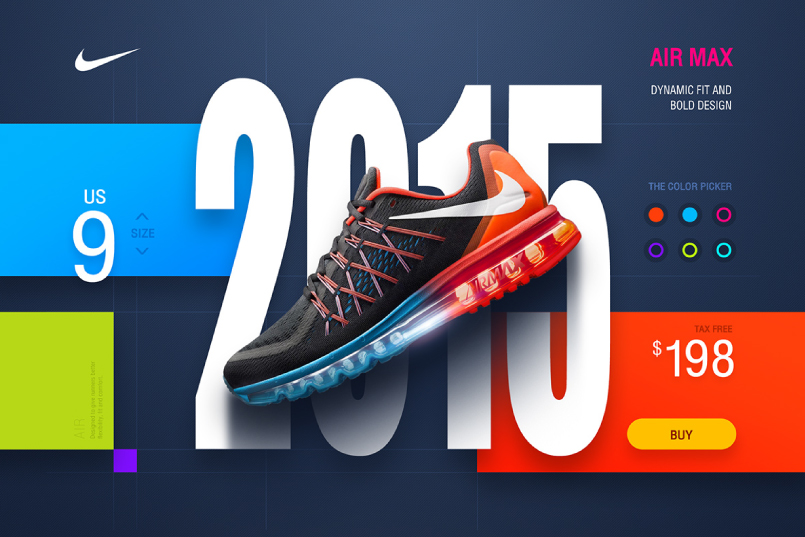
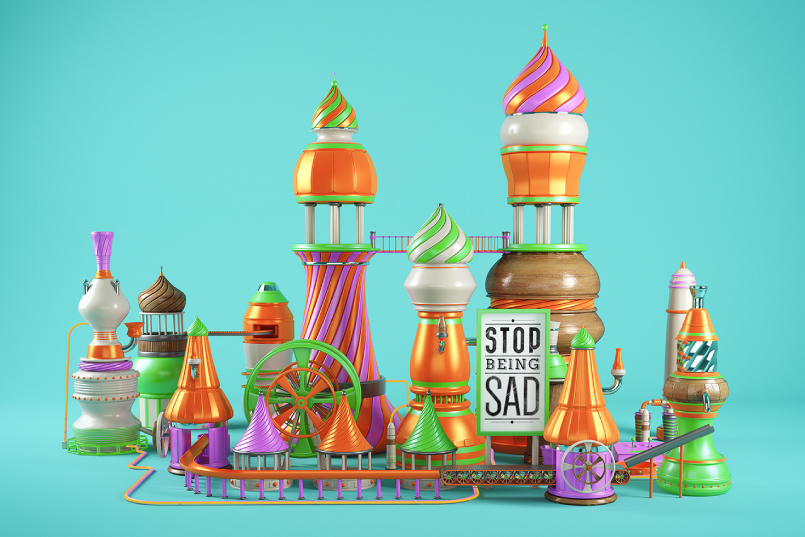

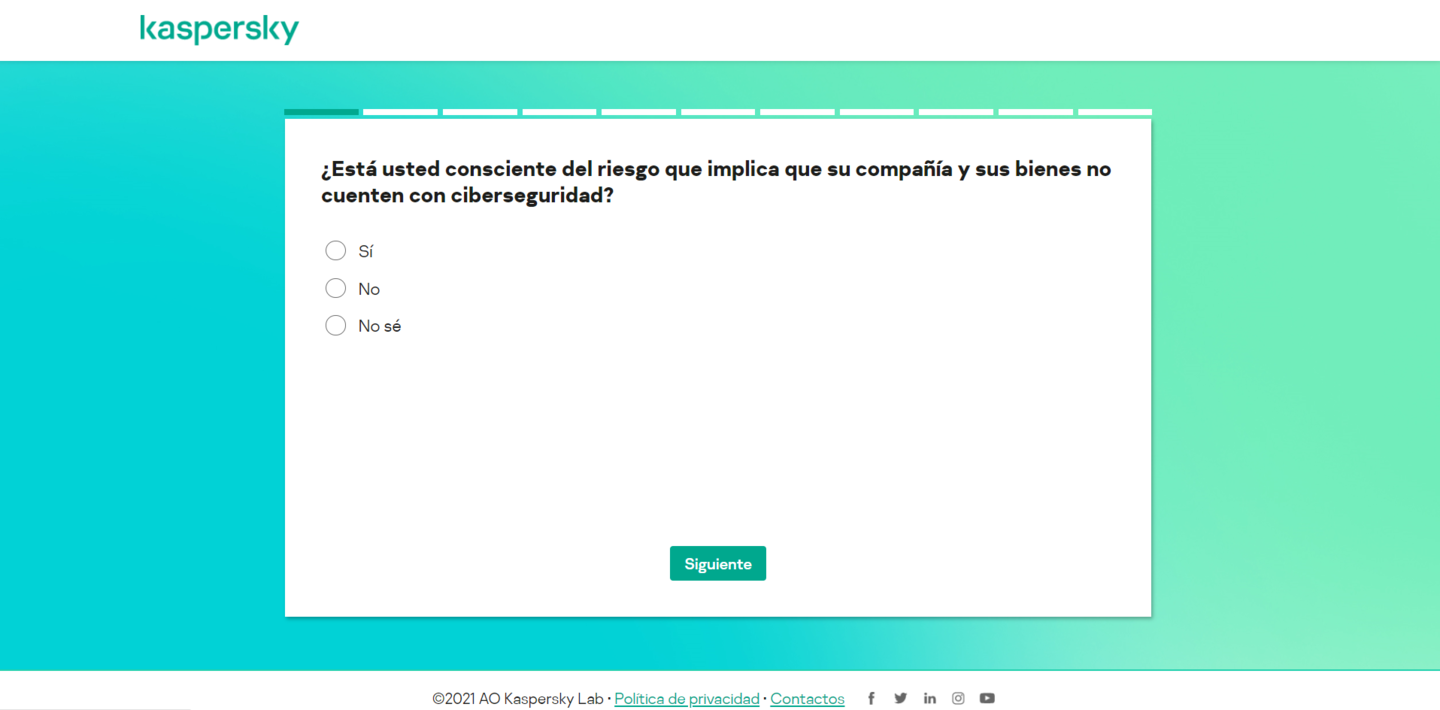





 Who doesn’t like stories? We live in a world surrounded by them; in fact, our life is a story in itself. Companies have recognized the potential storytelling can have and are utilizing it to captivate their consumers and potential customers. What exactly is it, and why does it hold so much opportunity in the Business-to-Business (B2B) world? The solutions to these questions may be found throughout this blog.
Who doesn’t like stories? We live in a world surrounded by them; in fact, our life is a story in itself. Companies have recognized the potential storytelling can have and are utilizing it to captivate their consumers and potential customers. What exactly is it, and why does it hold so much opportunity in the Business-to-Business (B2B) world? The solutions to these questions may be found throughout this blog.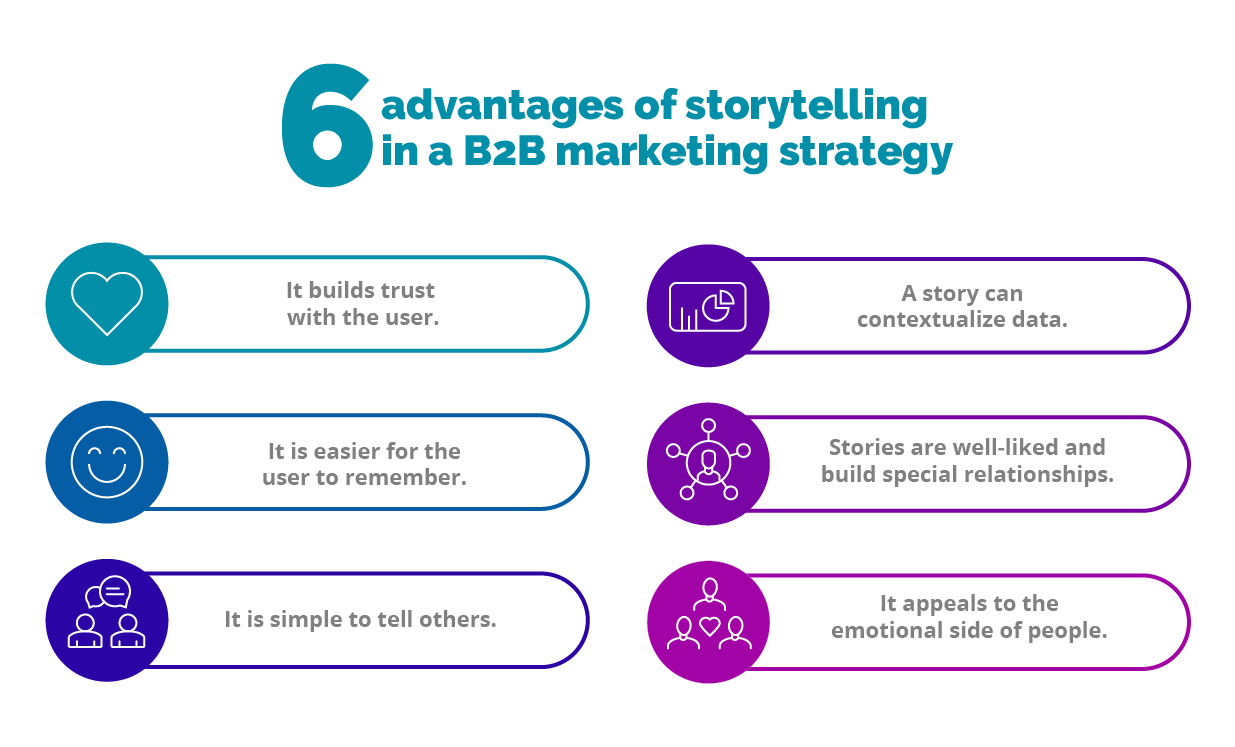 Harness the power of gamification
Harness the power of gamification
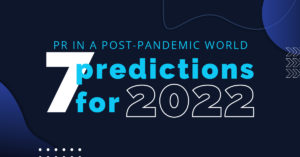 The arrival of COVID-19 accelerated digital transformation all while bringing a new way for businesses and the media to conduct public relations (PR), in which it has become critical to have more accurate information, faster responses to unforeseen situations, and a more strategic, comprehensive, and intelligent media monitoring.
The arrival of COVID-19 accelerated digital transformation all while bringing a new way for businesses and the media to conduct public relations (PR), in which it has become critical to have more accurate information, faster responses to unforeseen situations, and a more strategic, comprehensive, and intelligent media monitoring. 

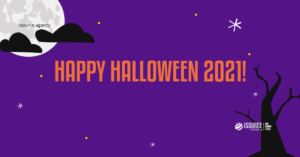
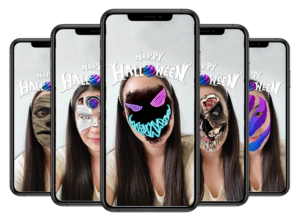


 Startups are a leading business model that drives innovation and economic growth worldwide. Each year, new types of products and services are created by startups. They serve as a great example of entrepreneurial creativity and ambition, as well as the emergence of ground-breaking concepts. Unfortunately, marketing is not one of their strong suits. And it’s understandable: most of them got their start not by writing case studies and sending emails but by building cutting-edge technology. Not to mention that traditionally, digital marketing was only available to large corporations in the B2B (business-to-business) and B2C (business-to-consumer) sectors.
Startups are a leading business model that drives innovation and economic growth worldwide. Each year, new types of products and services are created by startups. They serve as a great example of entrepreneurial creativity and ambition, as well as the emergence of ground-breaking concepts. Unfortunately, marketing is not one of their strong suits. And it’s understandable: most of them got their start not by writing case studies and sending emails but by building cutting-edge technology. Not to mention that traditionally, digital marketing was only available to large corporations in the B2B (business-to-business) and B2C (business-to-consumer) sectors. 